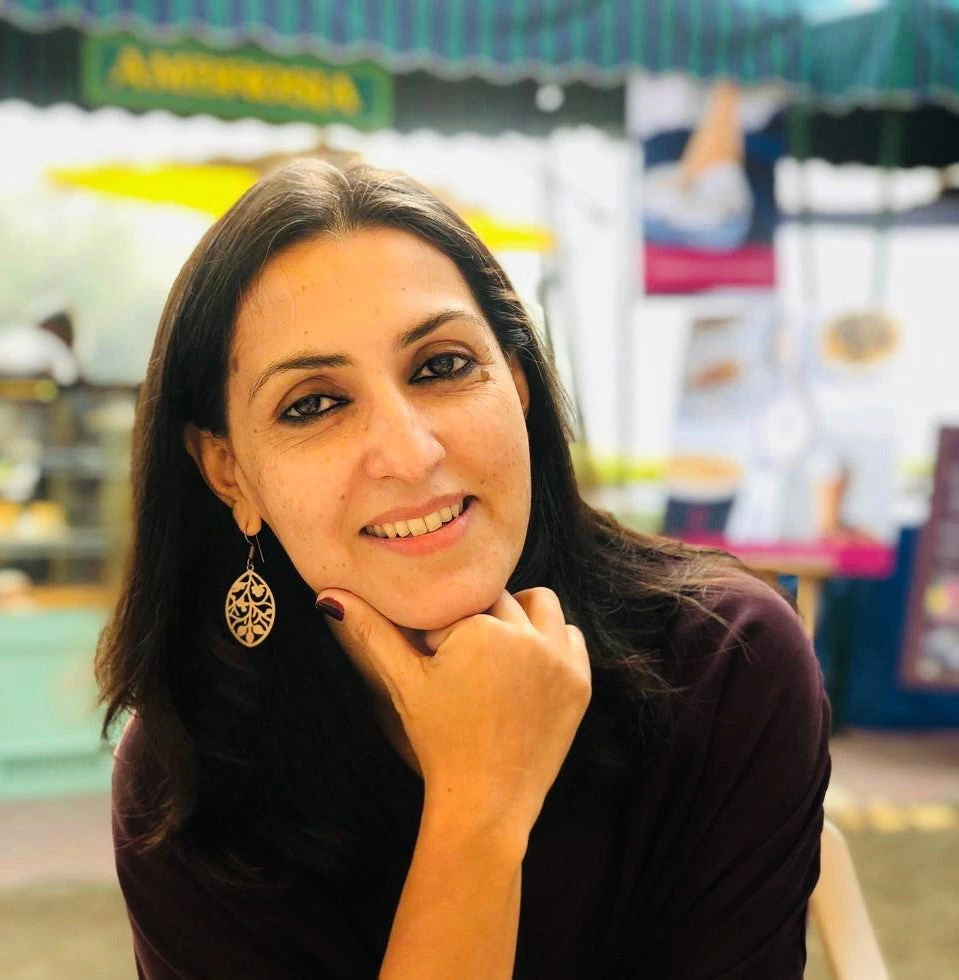 Meeting on integrated check post at Petrapole border
Meeting on integrated check post at Petrapole border
Driving east from Kolkata on the historic Jessore road, there is little to indicate that India’s busiest Integrated Check Post (ICP) lies ahead on the Bangladesh border. Delays are frequent on the two-lane national highway jammed with buses, cars, bicycles, people, and animals. During my recent drive to the Petrapole ICP, all road traffic halted for a local train to cross the highway at Bongaon, where hawkers languidly offered snacks to frustrated motorists.
The stop-and-go trip to the border was a stark reminder that South Asia is one of the world’s least integrated regions. Intraregional trade among the eight nations accounts for barely 5 percent of total trade, far less than other regions.
Seamless transport connectivity could unleash vast economic benefits for businesses and consumers , according to the World Bank report, Connecting to Thrive: Challenges and Opportunities of Transport Integration in Eastern South Asia. National income, for instance, could soar by as much as an estimated 17 percent in Bangladesh and 8 percent in India as improved connectivity ripples through both economies.
Regional trade is largely untapped because trade and transport costs within South Asia are among the world’s highest. As I witnessed firsthand, a critical factor is inadequate domestic transport and trade-enabling infrastructure within countries, inefficient border processes, and lack of multimodal transport integration. Trade gateways lack adequate infrastructure capacity to handle existing traffic and freight. No wonder it is about 15–20 percent cheaper for an Indian firm to trade with Brazil or Germany as compared with a firm in Bangladesh.
India operates nine ICPs and has an ambitious plan to establish more at busy land border crossings. Each ICP offers modern customs, immigration, border security, and quarantine facilities to relieve border chokepoints and speed the movement of cargo and people. Petrapole opened in 2016 and is India’s largest ICP, connecting with Benapole in Bangladesh. Petrapole accounts for $2.5 billion worth of bilateral trade annually. Prior to COVID-19, it was also the entry point for more than 2 million tourists annually.

But a modern facility like the Petrapole ICP cannot solve all border crossing issues without regional cooperation. For example, a truck needs an average 138 hours for its shipment to cross the border at Petrapole -- including 28 hours transferring cargo from Indian to Bangladeshi trucks. By comparison, trucks need less than six hours to cross borders in other regions.
The day I visited Petrapole, truck drivers described unpredictable transit times, measured in days not hours, and often caused by a mismatch in handling capacity on each side of the border. Petrapole has the capacity to handle up to 750 trucks loaded with exports per day but clears only 370 trucks, the maximum capacity of facilities in Benapole. The long line of waiting trucks on both sides of the border confirm this.
ICP officials are aware of the issues and working to update border transit and clearance with digital and automated systems; improvements in cargo handling, movement, and storage; and modern passenger terminals. The improvements will be mirrored across the border in Benapole, where a World Bank project is under preparation to support similar upgrades. Officials also mention the importance of coordination between multiple departments within each country including district and state authorities, national ministries, and regulatory authorities.
Perhaps the most onerous element of the border crossing is the inability of freight trucks to cross the border. When Indian trucks reach the border, their goods must be completely unloaded then reloaded on Bangladeshi trucks, and vice versa. This requirement is the single biggest hurdle to integration and trade. Addressing this, and achieving seamless connectivity, would be especially crucial for shipments of goods to and from India’s Northeast states that face long, costly highway routes due to transit restrictions.

Goods from Agartala, for example, must now travel 1,600 kilometers (km) through the narrow Siliguri corridor, popularly known as the Chicken’s Neck, to reach the port in Kolkata. If borders were open to Indian trucks, goods from Agartala could travel just 200 km to Chattogram port in Bangladesh, cutting transport costs by 80 percent and carbon emissions by a massive 600 percent.
The BBIN nations of Bangladesh, Bhutan, India, and Nepal signed a historic Motor Vehicles Agreement in 2015. Implementation of the agreement is expected to unleash transformative change by easing restrictions on cross-border road transit for vehicles, passengers, and cargo.
My visit to the Petrapole border crossing showed the urgent need to modernize transport and trade in South Asia’s BBIN sub-region with three priorities:
- Encouraging the early and effective implementation of the BBIN Motor Vehicles Agreement, especially to support development of India’s Northeast through shorter, cheaper transport routes.
- Promoting carbon-efficient routes by easing congested highways and developing multimodal transport corridors that link railway networks and inland water transport routes.
- Attracting more private sector companies to regional logistics and the freight supply chain.
The historic Motor Vehicles Agreement paves the way for seamless transport connectivity that can deepen regional links, increase exports, and cut costs for consumers. It can also help South Asia achieve transformative change and opportunities.


Join the Conversation